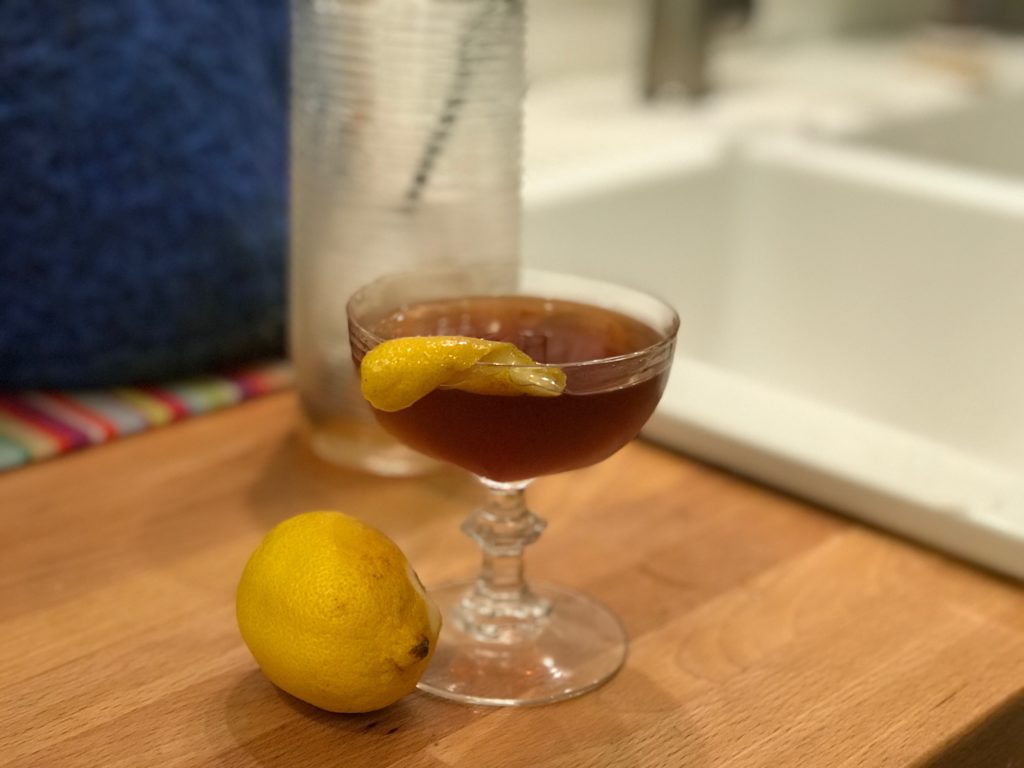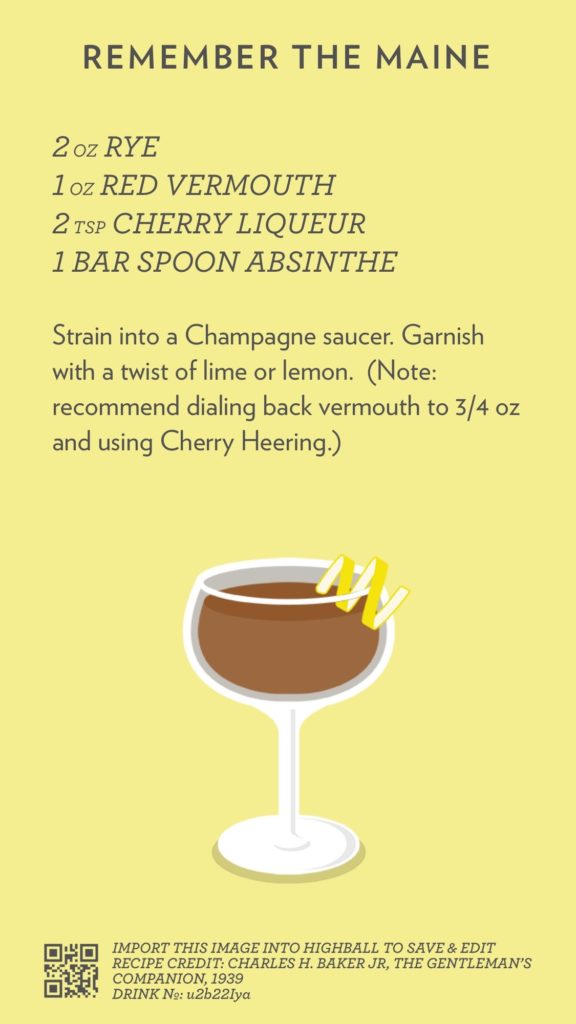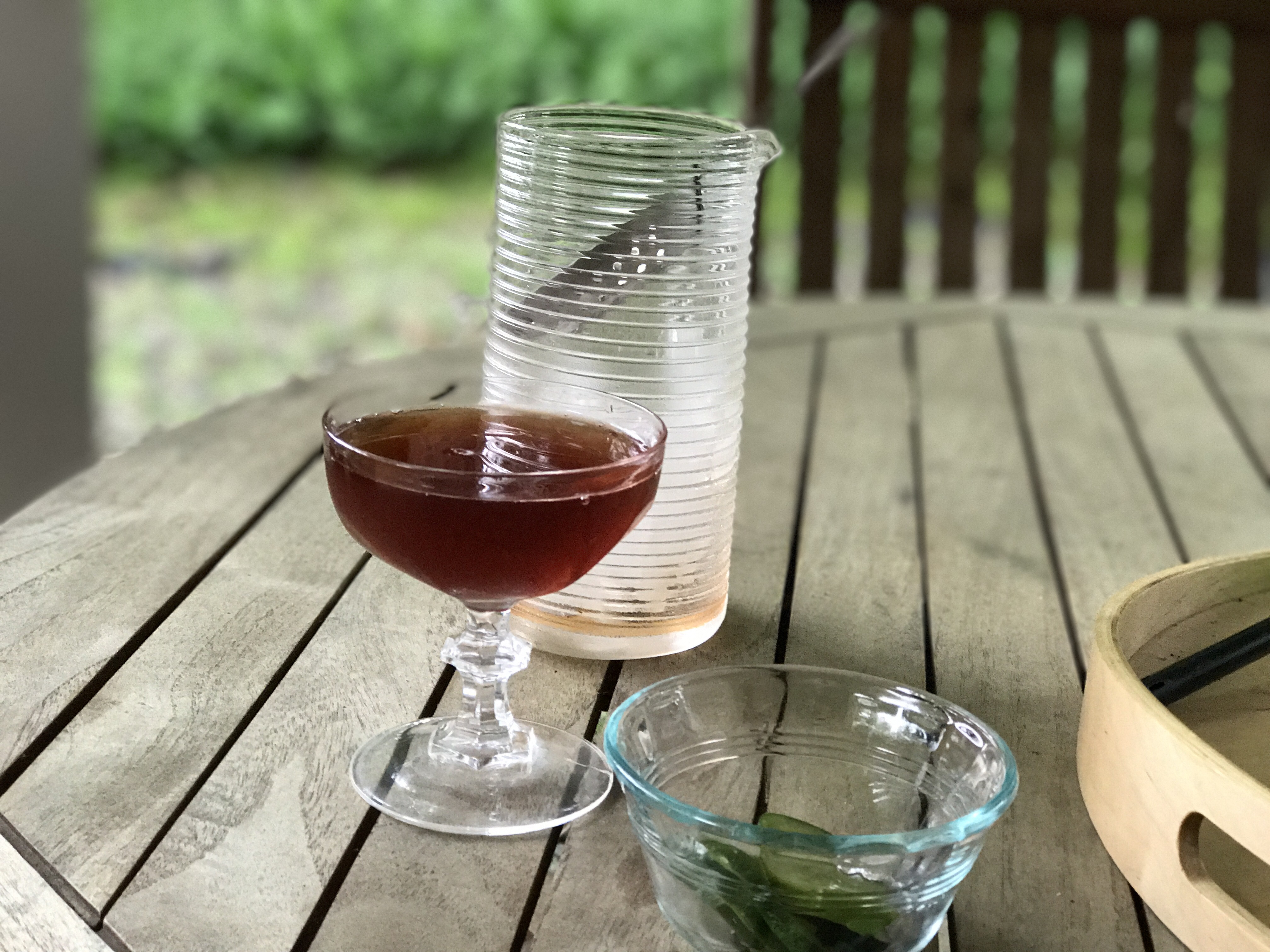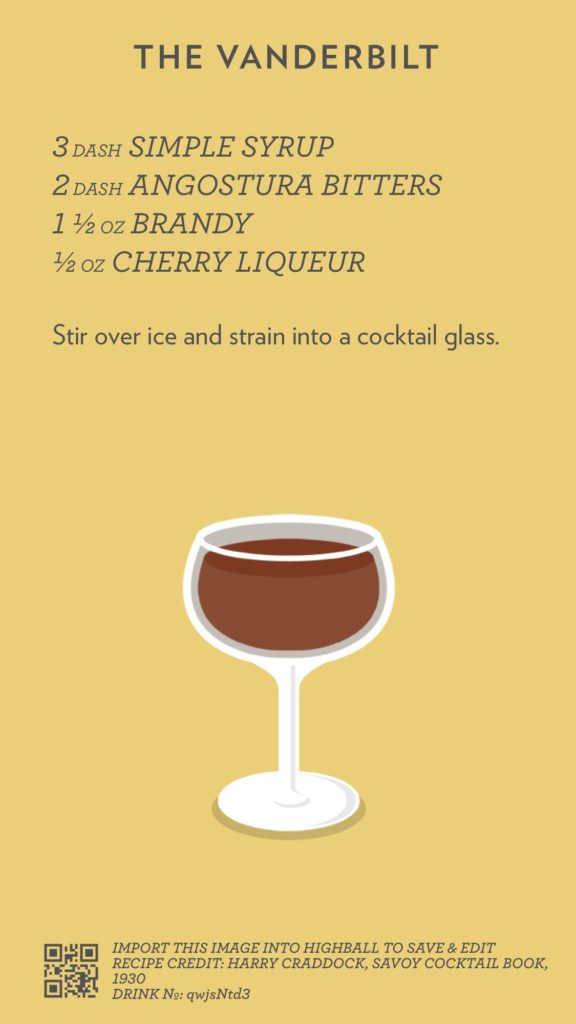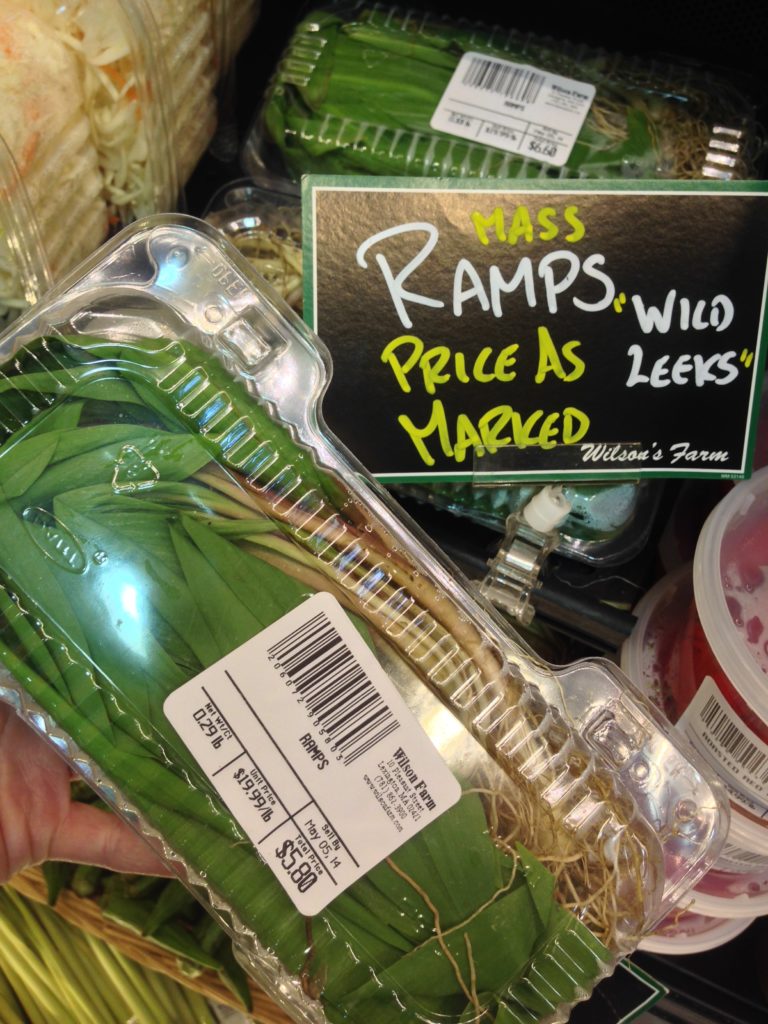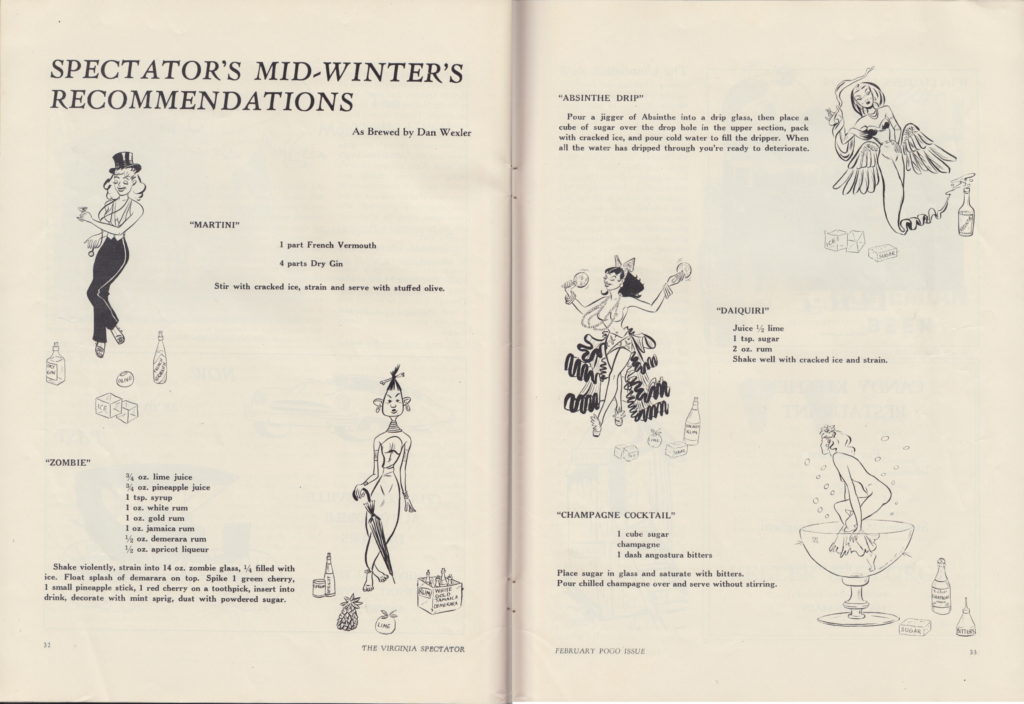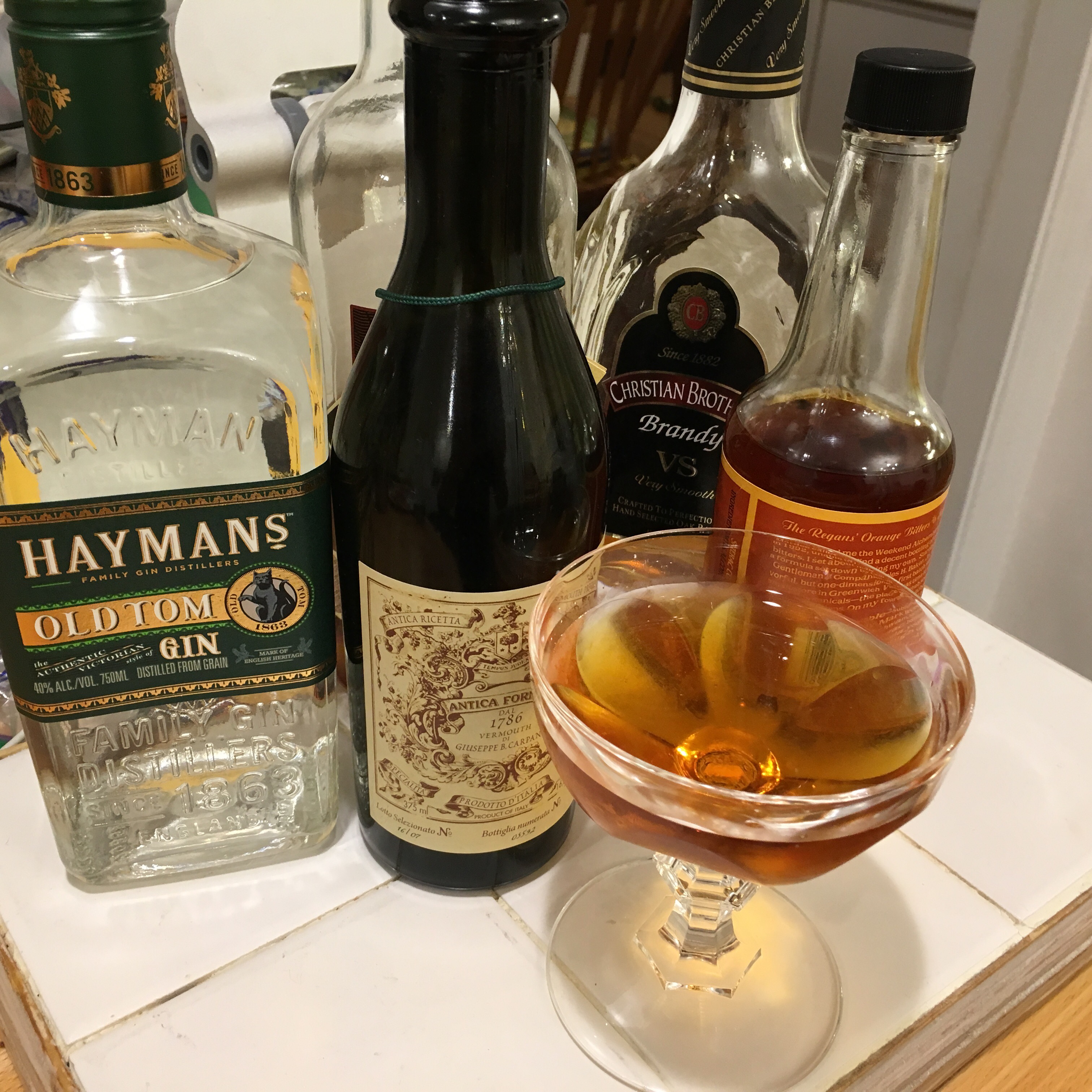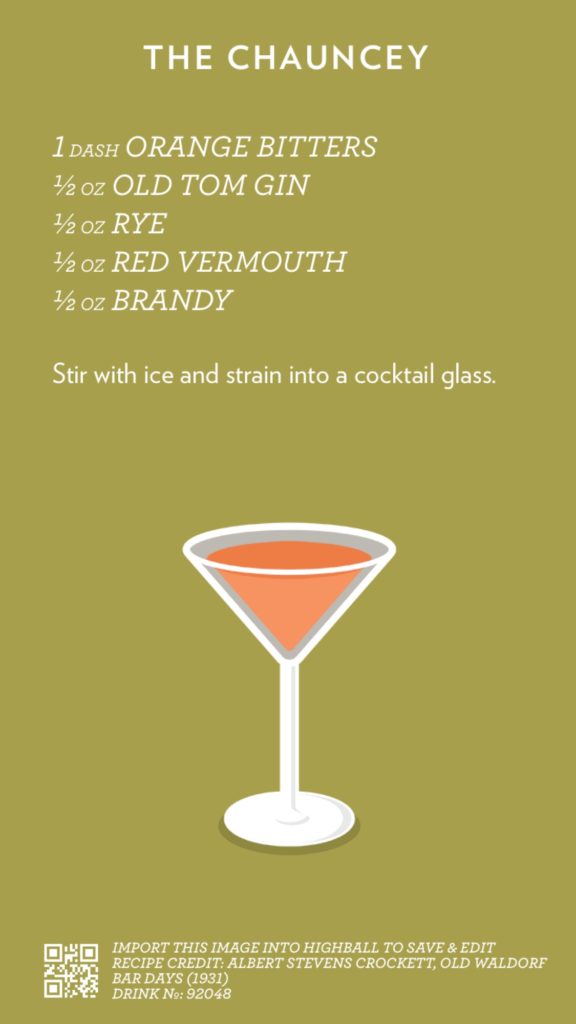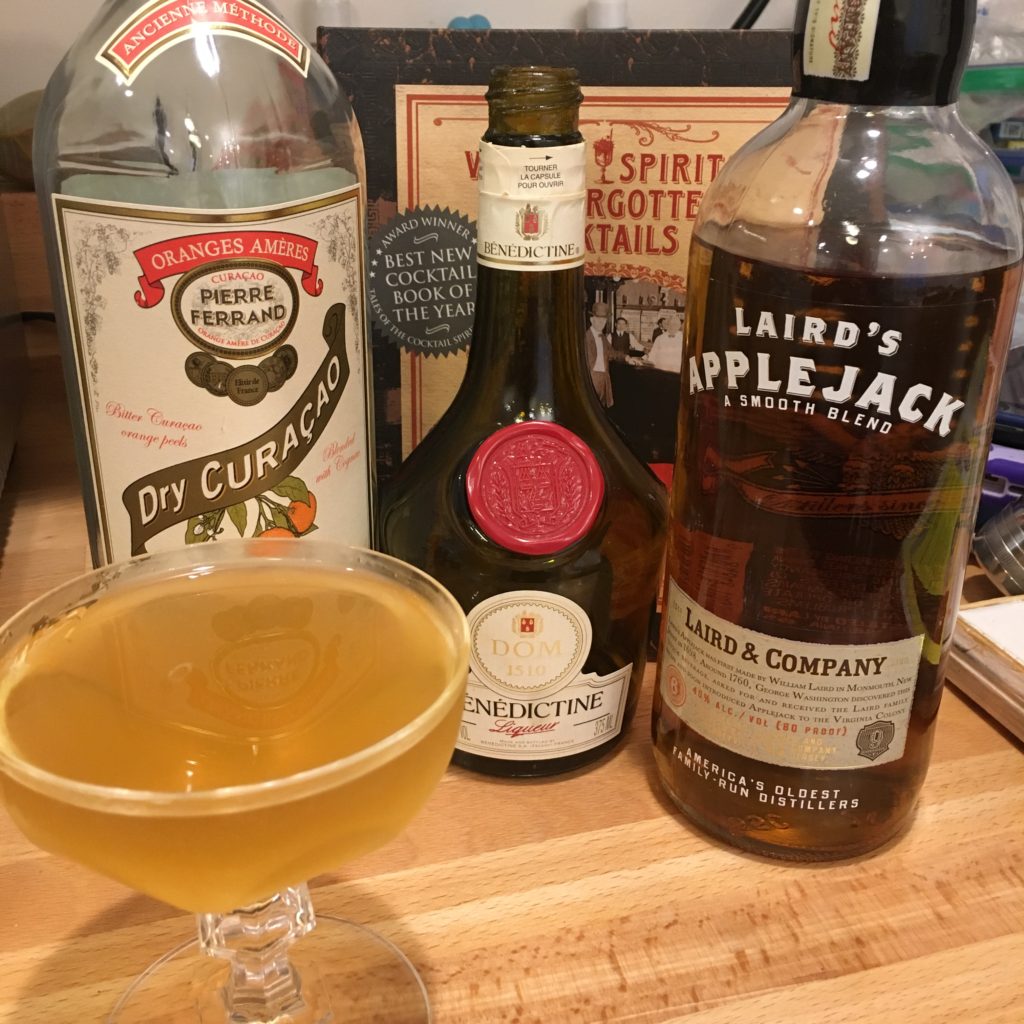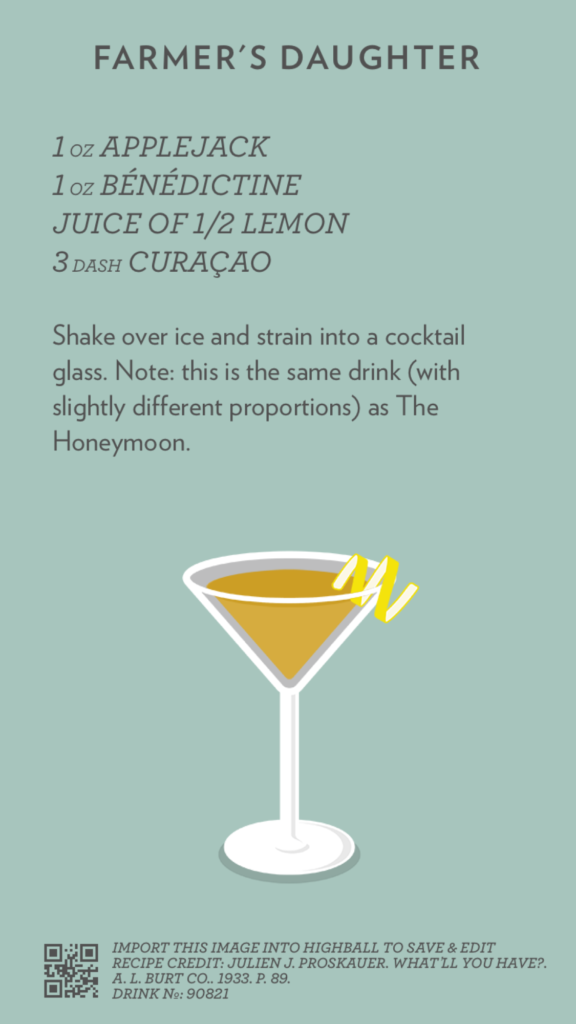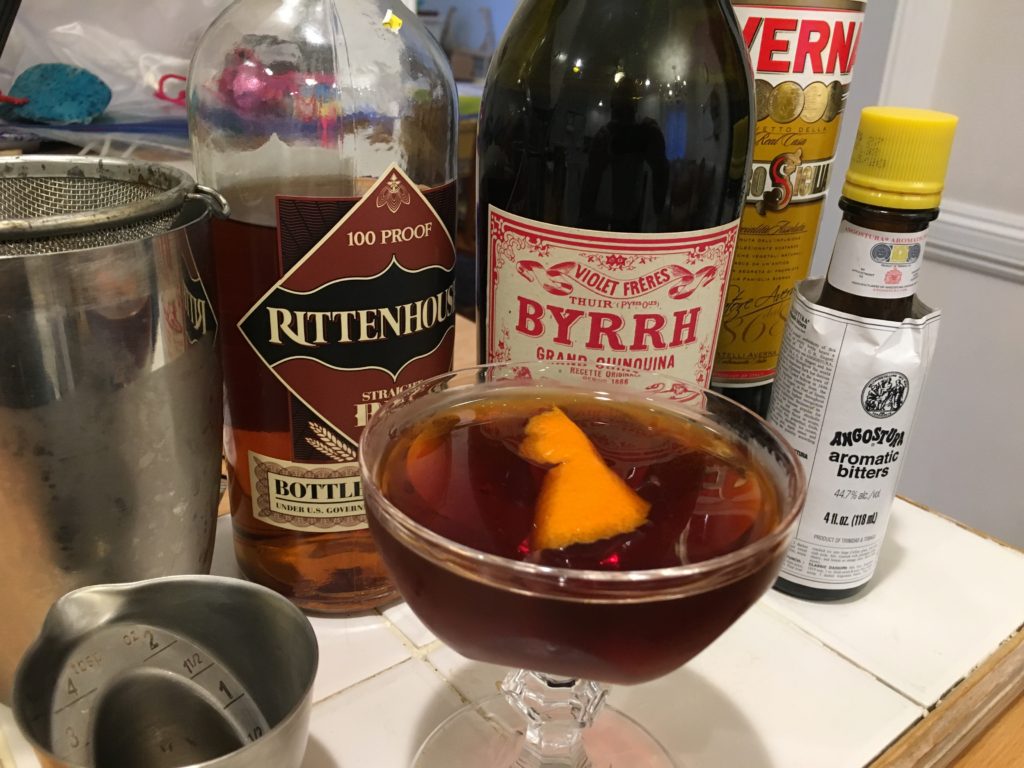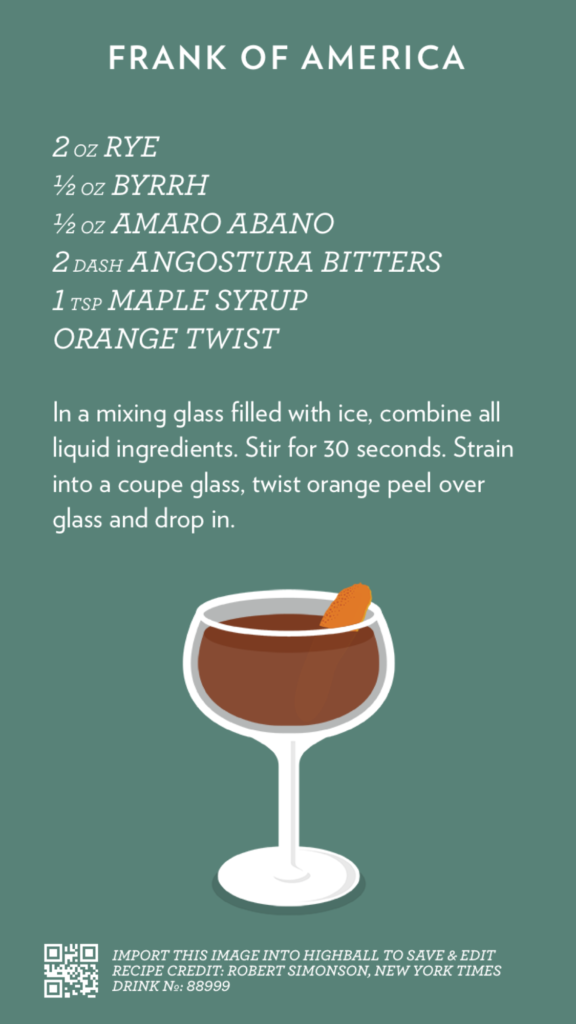
I got a bunch of Boston Pops records from the 1960s and 1970s. This is one in a series of blog posts about them.
In yesterday’s review of American Salute, we started to see the Boston Pops crossover machine in full swing as Chet Atkins joined the Pops and Arthur Fiedler for a few tracks on this album of Americana. Today’s 1972 record—a recent eBay find for me—is deep in the heart of crossover-land: it’s a document from a 1971 performance of Evening at Pops with a headliner celebrity narrator—the inimitable Julia Child, no less—and a bunch of lowercase-p pop songs, alongside the lightest of light classics.
Let’s start with Evening at Pops. Most modern audiences outside the Boston area probably trace their knowledge of the Boston Pops to this television program, which aired over PBS from 1970 to 2005 (that this is the year I joined the Tanglewood Festival Chorus can only be ironic coincidence). Wikipedia calls the program “the public television version of a variety show,” and this is a fair description, judging both from the contents of this record and the curiously wistful timeline captured on the program’s last website.
(Aside: I remember watching with my parents when I was a kid. It was one of a handful of true “hi-fi” TV experiences I had as a kid; since the program was often simulcast on both public television and public radio, my dad would turn down the TV volume and turn up the radio volume so we could get the program in full stereo accompanying the cramped visuals on our little 19″ TV. Ah, those were the days…)
In terms of programming, there are a few surprises here. The opening is a full-orchestra arrangement of John Morris’s great (second) theme song for The French Chef, Julia Child’s breakthrough PBS cooking show. I don’t know how many times the Pops performed the kids’ classic “Tubby the Tuba,” but Julia makes a hysterically sympathetic narrator in her trademark burbling tones—and adds a unique punchline all her own at the end. The Sesame Street gang also appeared in the 1971 Evening at Pops lineup, so an arrangement of the theme song follows “Tubby.” It’s in turn followed by “I’d Like to Teach the World to Sing,” in an incredibly timely arrangement of the November 1971 hit based on a Coke jingle.
The second half of the record is more familiar Pops fare: we get two Leroy Anderson numbers (“Bugler’s Holiday” and “A Trumpeter’s Lullaby”), “Jalousie,” two Tchaikovsky movements from the Nutcracker (“Dance of the Sugar Plum Fairy” and “Dance of the Toy Flutes”), and as a closer, “76 Trombones.” Almost all this fare could be found on earlier Pops recordings like Pops Festival.
So if you look at the overall program, it’s really a standard Pops program, with the celebrity narrator guest elevated to headliner. But by this time “standard Pops” was only about 50% light classics and was relying increasingly on pop songs and other pop-crossover fare. We’ll see that in tomorrow’s record as well.
Here’s Julia Child reading “Tubby the Tuba” from the TV broadcast. Enjoy!

